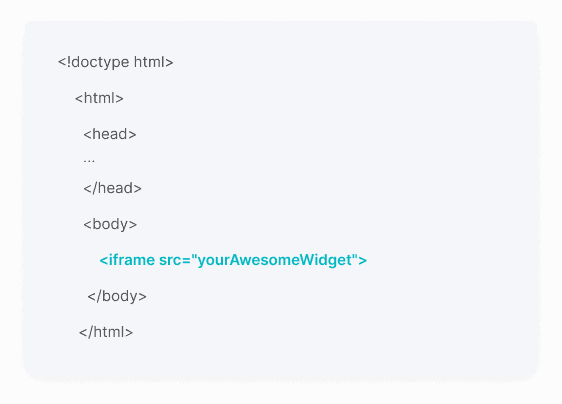Unit Price Comparison Calculator
Find the better deal between two products by comparing their cost per unit.How Unit Price Comparison Calculator Works
When you're shopping, products often come in different package sizes or quantities, making it hard to tell which is actually the better deal. This calculator helps you break down the real cost by showing the price per unit for each product.
You simply enter the total price and quantity for each item you're comparing. The calculator instantly shows the per-unit cost for both products, making it easy to see which offers better value for your money.
This is especially useful at the grocery store where bulk packages might look like better deals but aren't always cheaper per unit. It's also helpful for comparing different brands, package sizes, or shopping across different stores.
Unit Price Comparison Calculator Formula Breakdown
Formula
Price per unit = Total price ÷ Number of unitsVariables Explained
- Price (First Product)The total cost of the first product or package you're comparing. This should include any taxes or fees if you're comparing final checkout prices.
- Units (First Product)The quantity or number of items in the first product package. This could be individual items, ounces, pounds, or any unit of measurement depending on what you're comparing.
- Price (Second Product)The total cost of the second product or package you're comparing. Make sure to use the same pricing basis (before or after tax) as the first product.
- Units (Second Product)The quantity or number of items in the second product package. Use the same unit of measurement as the first product for an accurate comparison.
Example Calculation
Given:
- Price (First Product): $4.00
- Units (First Product): 10.0
- Price (Second Product): $4.50
- Units (Second Product): 15.0
Calculation:
First product unit price: $4.00 ÷ 10.0 = $0.40 per unit
Second product unit price: $4.50 ÷ 15.0 = $0.30 per unitResult:
First product: $0.40 per unit, Second product: $0.30 per unitExplanation
You're comparing two boxes of granola bars at the grocery store. The first box costs $4.00 and contains 10 bars, while the second costs $4.50 and contains 15 bars. Even though the second box costs more upfront, it's actually the better deal at $0.30 per bar versus $0.40 per bar.
Tips for Using Unit Price Comparison Calculator
- 💡Make sure you're comparing the same units of measurement (ounces to ounces, individual items to items) for accurate results.
- 💡Consider quality differences between products - sometimes paying slightly more per unit is worth it for better quality or preferred features.
- 💡Factor in whether you'll actually use the entire larger package before it expires, especially for perishable items where bulk buying might lead to waste.
Make Your Own Web Calculator in 3 Simple Steps
Create Interactive Calculator
Design your interactive calculator in under 5 minutes using our drag-and-drop builder.Preview & Generate Embed Code
Review your calculator and copy the embed script when you're satisfied with the results.Embed Calculator Into Your Website
Paste the code into your website's HTML. Works on WordPress, Shopify, Wix, and any platform. EugenCreator of Creative Widgets
EugenCreator of Creative Widgets“After 10+ years in digital marketing, I’ve built calculators that drove thousands of new leads for clients. I realized one thing: calculators convert. They're killer for CRO and great for SEO. That's why I built Creative Widgets—an easy, no-code calculator builder. ”
It's free. Try it out. You'll like it.




